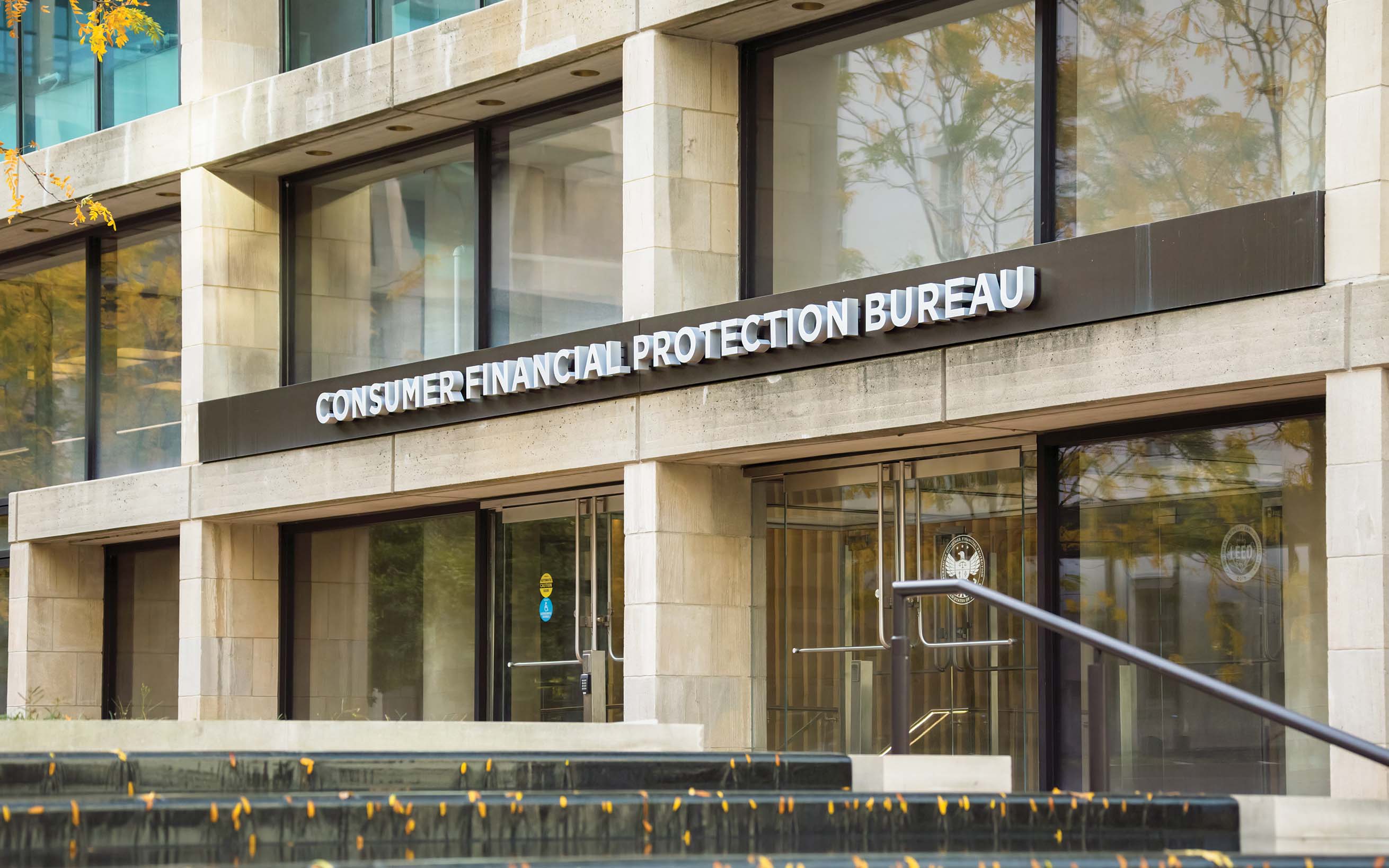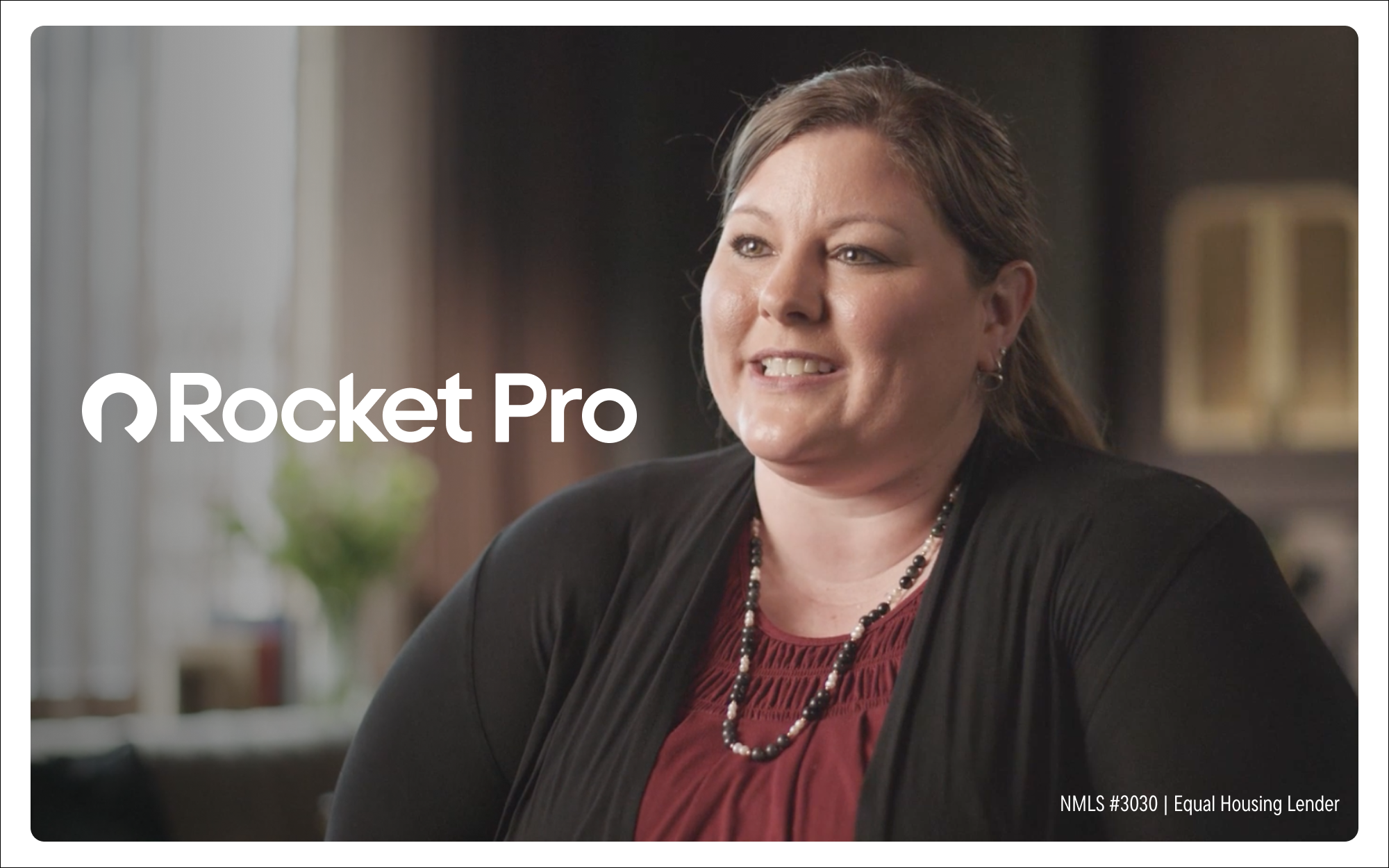Many compliance functions are needed to detect mortgage fraud, from FACTA and FCRA to the SAFE Act. Here’s a look at the requirements.
Preventing and detecting mortgage fraud
April 01, 2020 / By Mary Thorson Wright
Many compliance functions are needed to detect mortgage fraud, from FACTA and FCRA to the SAFE Act. Here’s a look at the requirements.
Mortgage fraud criminals scheme to separate people from their money (fraud for profit) or to obtain housing (fraud for property). The FBI, which routinely investigates incidents of fraud, defines mortgage fraud as “… the intentional misstatement, misrepresentation, or omission by an applicant or other interested parties, relied on by a lender or underwriter to provide funding for, to purchase, or to insure a mortgage loan.”
While we generally think of compliance strictly as a consumer protection function, many compliance processes are fundamental to preventing and detecting mortgage fraud. Mortgage fraud could be perpetrated by a borrower, a lender or another person or institution, so the strength and comprehensiveness of a community bank’s Compliance Management System (CMS) to support mortgage fraud prevention and detection is critical.
The Fair and Accurate Credit Transactions Act (FACTA) is an extension of the Fair Credit Reporting Act (FCRA) and provides guidance for identity theft and fraud prevention. The FACTA includes guidance about fraud alerts and the Red Flags Rule, which requires many businesses and organizations, including banks, to implement a written Identity Theft Prevention Program designed to detect the warning signs—or red flags—of identity theft in their day-to-day operations.
Mortgage red flags come in many shapes and sizes. One example is an appraisal that misrepresents the value of a property. Another example is an omission or inconsistency in borrower identification or personal data. Discrepancies in the loan application and supporting documentation are very often the tip-off that the file contains misrepresentations.
The SAFE Act and BSA/AML
The Secure and Fair Enforcement (SAFE) Act sets a minimum standard for licensing and registering mortgage loan originators. It requires loan originators to be licensed and registered under the Nationwide Mortgage Licensing System and Registry (NMLS). Financial institutions must manage SAFE Act compliance programs to enhance consumer protection and reduce the potential for lender fraud. The SAFE Act encourages states to establish minimum standards for the licensing and registration of state-licensed mortgage loan originators.
The SAFE Act requires financial institutions to adopt written policies and procedures designed to assure compliance with the SAFE Act regulation; conduct annual independent testing of policies and procedures for assuring compliance with the SAFE Act regulation; and ensure any violations or deficiencies identified during the independent testing have been corrected and that steps have been taken to ensure they do not recur.
Bank Secrecy Act (BSA) and anti-money laundering (AML) rules require financial institutions to monitor for, prevent and detect fraud in mortgage transactions that could result from suspicious activity, customer identification practices, source of funds and other representations.
The BSA requires RMLOs (persons engaged in the activities of a residential mortgage lender and/or residential mortgage originator) to develop and implement a written AML program designed to prevent the RMLO from being used to facilitate money laundering, terrorist activities or other illegal activities. Further, each must implement a system to identify covered transactions and activities and file suspicious activity reports (SARs) with the Financial Crimes Enforcement Network (FinCEN).
Constant vigilance required
The activities of third parties acting with or on behalf of the bank are subject to the same compliance to regulatory requirements as the bank for all covered activities. The federal bank regulatory agencies require third-party oversight and robust practices to review information obtained through third-party providers, including document misrepresentations, identity theft, appraiser fraud, escrow practices, verification of borrower information, and others. The variety of fraudulent mortgage schemes is limited only by the imagination and resourcefulness of fraudsters, is difficult to detect until losses have occurred, and may be more difficult to control or detect in a third-party scenario outside the bank’s walls.
The potential for fraud lurks in many creative schemes, and if community banks are not aware of the dangers, they and their customers may fall victim to losses from the deceit and misrepresentation. Ron Haynie, ICBA senior vice president, mortgage finance policy, sums it up this way: “Community banking is local, not national, and the success of community banking relies on knowing your customer and the other parties involved in any transaction. The fundamentals of safety and soundness and compliance, conducting your due diligence, and knowing the transaction are the best tools community bankers have to thwart mortgage fraud.”
Types of mortgage fraud
Fraud for property
What it is: Generally involves material misrepresentation or omission of information with the intent to deceive or mislead a lender into extending credit that would likely not be offered if the true facts were known.
Examples: Asset fraud, occupancy fraud, employment and income fraud, debt elimination fraud, identity theft and straw buyers
Fraud for profit
What it is: Often committed with the complicity of industry insiders such as mortgage lenders or brokers, real estate agents, property appraisers and settlement agents.
Examples: Appraisal fraud, fraudulent flipping, straw buyers and identity theft
Subscribe now
Sign up for the Independent Banker newsletter to receive twice-monthly emails about new issues and must-read content you might have missed.
Sponsored Content
Featured Webinars
Join ICBA Community
Interested in discussing this and other topics? Network with and learn from your peers with the app designed for community bankers.
Subscribe Today
Sign up for Independent Banker eNews to receive twice-monthly emails that alert you when a new issue drops and highlight must-read content you might have missed.
News Watch Today

Join the Conversation with ICBA Community
ICBA Community is an online platform led by community bankers to foster connections, collaborations, and discussions on industry news, best practices, and regulations, while promoting networking, mentorship, and member feedback to guide future initiatives.













